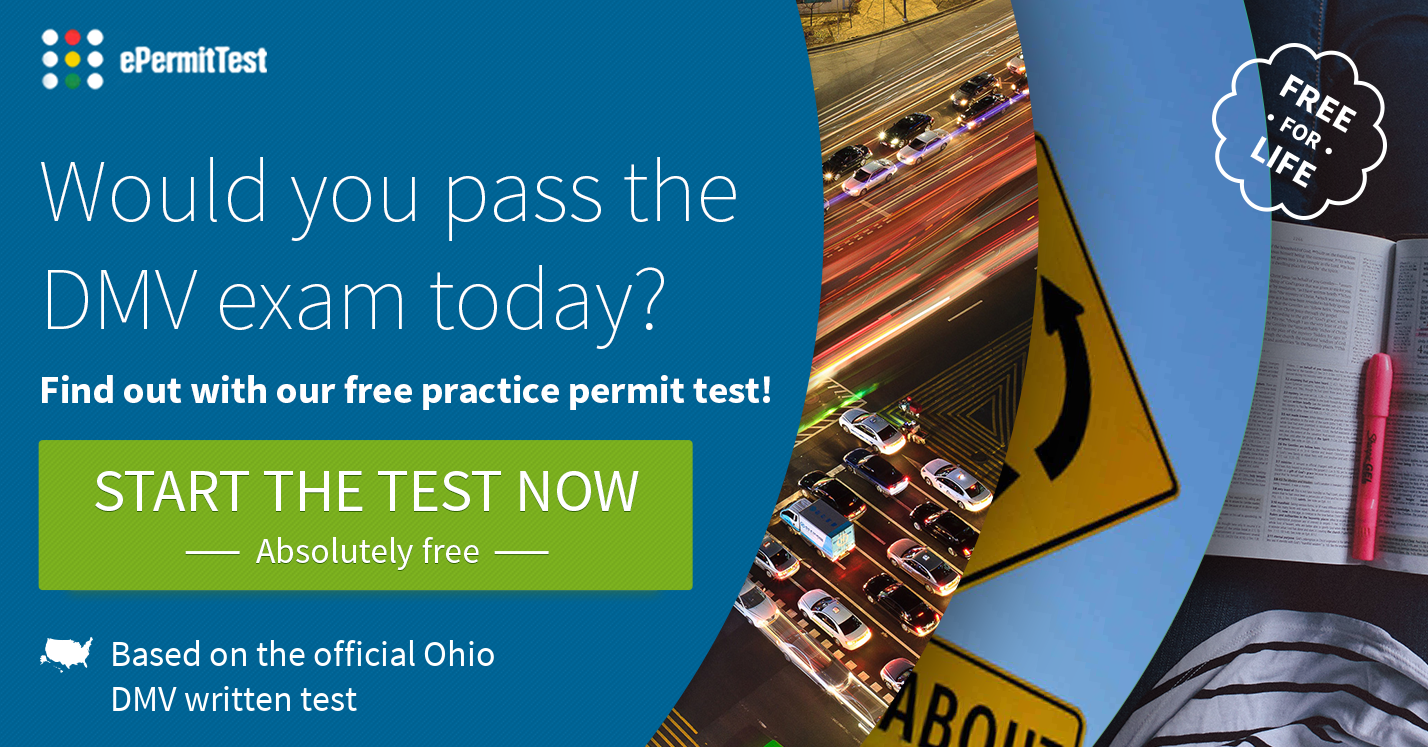
In Ohio, drivers are required to renew their driver’s licenses every four years. The process involves providing identification, reviewing your information and completing a vision screening. For many drivers, passing the vision screening is simple, but when several drivers failed the test, Dr. Lara Leach of Horvath Vision Care took notice.

“Several of my patients were coming into my office due to failing their vision tests at various Bureau of Motor Vehicles (BMV) locations around Columbus,” Dr. Leach said.
- About Press Copyright Contact us Creators Advertise Developers Terms Privacy Policy & Safety How YouTube works Test new features Press Copyright Contact us Creators.
- Department of Motor Vehicle laws in every state require that you pass a vision test to get or renew a driver’s license. While state laws may vary slightly, they typically call for visual acuity of at least 20/40 in either or both eyes, with or without corrective eyeglasses, and peripheral vision of 140 degrees.
- Short, simple vision test to approximate what may be your nearsighted visual acuity. DMV eye/vision chart for 2018. Questions about DMV eye test or how/if you can pass?
Department of Motor Vehicle laws in every state require that you pass a vision test to get or renew a driver’s license. While state laws may vary slightly, they typically call for visual acuity of at least 20/40 in either or both eyes, with or without corrective eyeglasses,. Ohio Drivers Eye Exam Chart To Print Ohio Drivers Eye Exam Chart For Driver S License School buses, semi-trucks, and other commercial vehicles are larger and typically more difficult to drive than average cars or trucks, which is why you need a commercial driver's license (CDL) in order to legally operate such vehicles.

After evaluating her patients who had failed the vision test, Dr. Leach discovered there was an issue with the BMV’s interpretation of The State of Ohio’s vision standards for driver’s licenses.
Ohio Drivers Eye Exam Chart
“Upon examining these patients, I realized the BMV was misinterpreting The State of Ohio vision laws; drivers need to see a minimum of 20/40 acuity with both eyes together, not 20/30 with each eye individually as they were told at the BMV,” Dr. Leach said.
Because driving is a necessity for many people, losing the ability to drive due to vision can hinder daily life. Columbus Ophthalmology Associates’ President, Dr. James McHale, understands how it can change patient’s lives.
“Our independence is directly linked to our ability to drive. It’s difficult to tell a patient with glaucoma, stroke or macular degeneration that they can’t drive anymore,” Dr. McHale said.
Furthermore, Dr. Leach sees the impact of the driver’s test and how failing can alter a patient’s lifestyle.

“Even passing the driver’s vision test at a BMV office can produce a lot of anxiety,” Dr. Leach said. “If a driver’s license is denied due to vision problems, it can have a devastating effect for most Americans who are dependent on driving for work, school, social engagements and simply getting around town.”
Knowing the vision test error could affect many Ohio driver’s lives, Dr. Leach took action. She contacted the Ohio Registrar, Don Petit, who swiftly worked to correct the issue by contacting the office managers and instructing them to review the Ohio laws and retrain the BMV vision examiners. Due to Dr. Leach and Petit’s actions, many Ohio drivers will pass their vision tests at the BMV without being needlessly sent for an eye examination, saving them time and money, as well as the anxiety of losing their driving privileges.
Recognizing the work of our optometric partners is important, and we want to highlight Dr. Leach’s demonstration of outstanding public service that benefits our whole community. She is a busy mother of two and a skilled optometrist who works at Horvath Vision Care. To learn more about Dr. Leach, visit here.
Ohio Bmv Eye Exam Chart
Thanks to today's corrective lens technology and surgical techniques, having less than 20/20 vision is rarely a major problem. The problems begin when the vision cannot be corrected to 20/20 with glasses, contact lenses, or corrective surgery. There are people, for example, who can barely read that 20/400 Snellen E with their naked eyes, but once they put on their glasses or contacts they can pass the eye test for a driver's license. They may be blind without glasses, but not with them. The legal definition of blindness, by the way, is vision that cannot be corrected to better than 20/200.